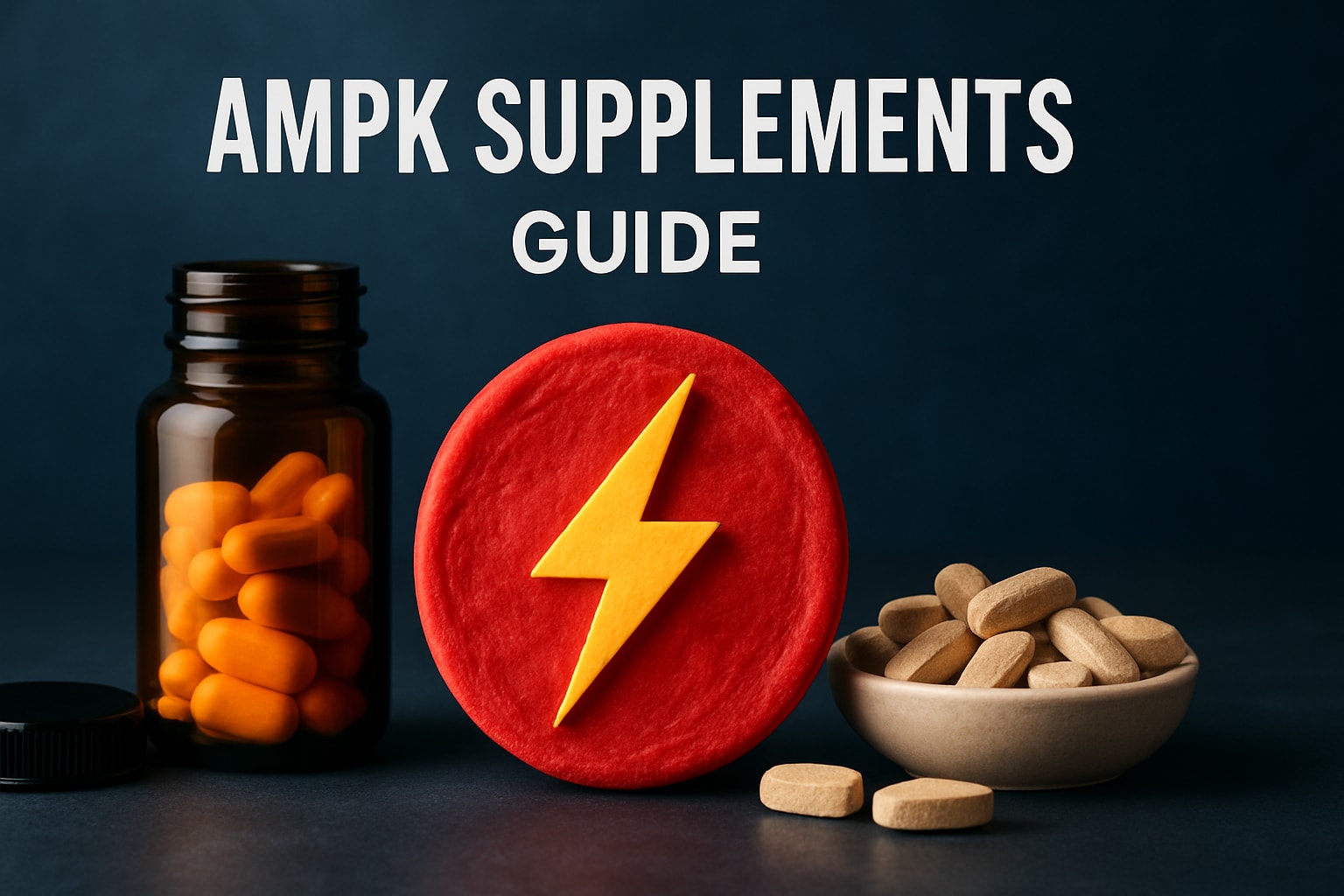If you’re reading this, it’s probably because you’re a smoker, and you’ve decided to quit smoking once and for all.
It’s a great decision, probably the best one you’ll make in your life. The dangers of smoking are well known and numerous, ranging from health problems (high blood pressure, increased risks of cancer, weakened heart muscles, damaged lungs, and much more), to mental issues (addiction, guilt, stress).
Nicotine addiction is no joke, and just because it’s a legal drug doesn’t change the fact that it is, in fact, a drug.
So now that you’ve finally decided to pull the trigger and quit smoking for good, let’s look at how to go about doing just that.
Identify and acknowledge your triggers for smoking
Addiction to nicotine doesn’t come on its own, and if you’ve been smoking for a while, you’re probably used to smoking certain cigarettes at certain times of the day.
With your morning coffee perhaps?
Right after dinner?
When was the last time you were able to wait for a friend without lighting one up?
One of the most difficult things to overcome when trying to quit smoking is triggers. It’s not too difficult to overlook a cigarette when you’re busy doing something else, but not grabbing one when you’re actively involved in an activity that you’ve grown to associate with the habit takes real willpower.
For many smokers, certain triggers can pull them back into the habit, even after they've quit for some time. Identifying and acknowledging these triggers is an important step towards quitting for good.
Recognizing what sets you off can help you anticipate and plan for cravings before they can take hold.
Common triggers are:
- Stress
- Boredom
- Spending time with other smokers
- Alcohol
- Partying
- Finishing a task
- Waking up
- Finishing a meal
- After sex
Knowing your triggers can help you find healthier ways to cope with them. The first step to really quit smoking for good is to think about your normal routine and make a list of all the cigarettes you usually smoke, and their associated triggers. You’ll notice that you actually rarely just smoke for the hell of it, and almost always smoke because of a specific activity.
Once you’ve identified your triggers, practice self-hypnosis to rewire your brain’s reaction to those triggers. Instead of grabbing a cigarette, you’ll find new ways to cope with the craving and wean yourself off of the habit.
Decide on a plan of action to quit smoking
The first step is to set a realistic timeline for yourself. That will often depend on how long you’ve actually been smoking. It’s not the same to quit after a year than after 30. It also depends on your daily nicotine intake. Are you a social smoker or do you smoke a pack or two a day?
While it may seem a little extreme, the most effective way to really quit smoking for good is to go cold turkey. From all to nothing, because as an addict, even a single cigarette over the weekend can push you over the edge.
You might have to alter your lifestyle a little for a while, avoiding social situations or people you used to commonly smoke with for example. Don’t worry, once you’re used to not smoking you can get back to it.
However, don’t avoid your triggers, rather work through them. If you’re used to having a smoke with your morning coffee, removing that coffee might help you quit smoking in the short term, but you’re likely to fall back into the habit the next time you have a cup of coffee again, whether it be a week for now or in a few months.
The more efficient, although albeit harder, method to let go of your triggers is to actually have your morning coffee, minus the cigarette. Little by little, morning after morning, your brain will learn to disassociate that habit from the act of smoking, and you’ll be able to go about your life normally without having your nicotine hit.
Self-hypnosis to quit smoking can help you work through those difficult situations. By working on your triggers daily in your self-hypnosis session, you can create active visualizations and repeat daily affirmations that will give you tools to cope with those situations. You don’t have to do it alone.
















